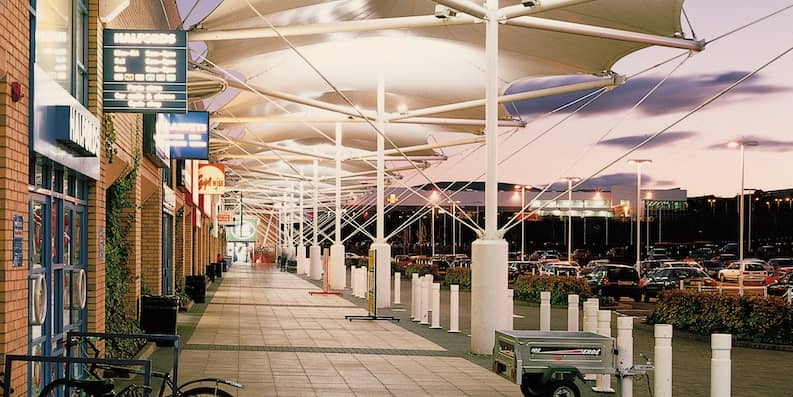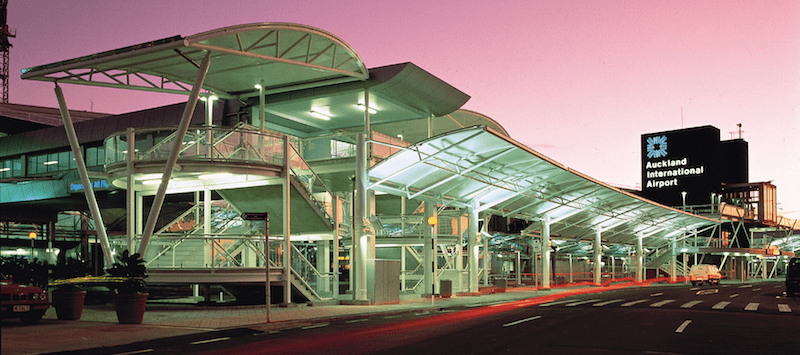Before using architectural fabrics in your new construction project or next building renovation, it’s important to consider the longevity of the material and the warranty offered.
As a building owner, for example, you need to be sure the fabric you choose will maintain its structural integrity and remain aesthetically pleasing for decades to come. When reading the warranty, you should ask yourself questions like: Will it retain its integrity? What will the fabric look like in 10, 20 or even 30 years after the project is completed? Will the material retain its brightness and color? Alternately, you should ask yourself whether the fabric will become dull, spotted or faded and become a virtual blight. And, most importantly, after each question you should ask this follow-up: Does the warranty explicitly cover this?

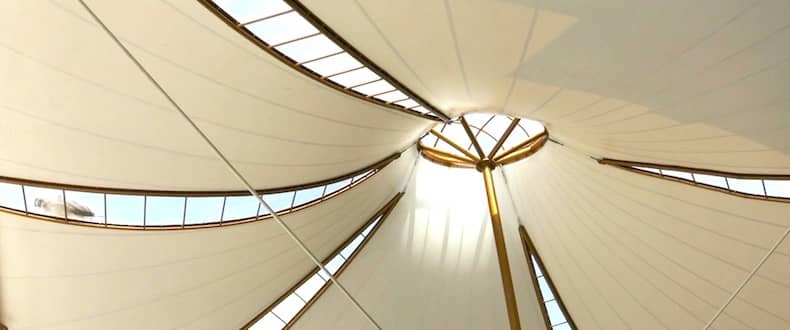
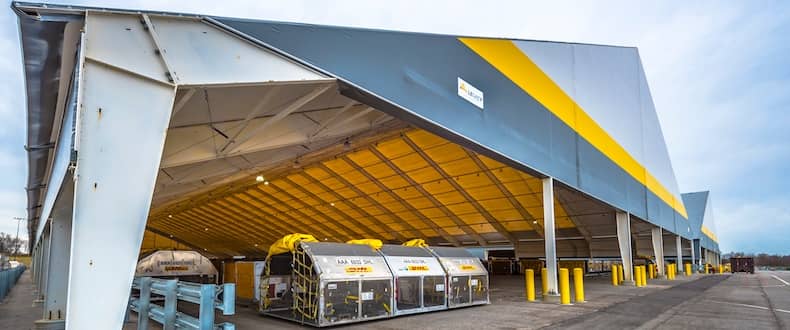
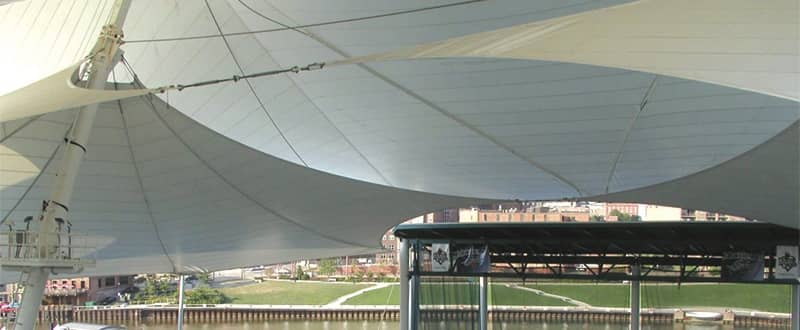
.jpg)
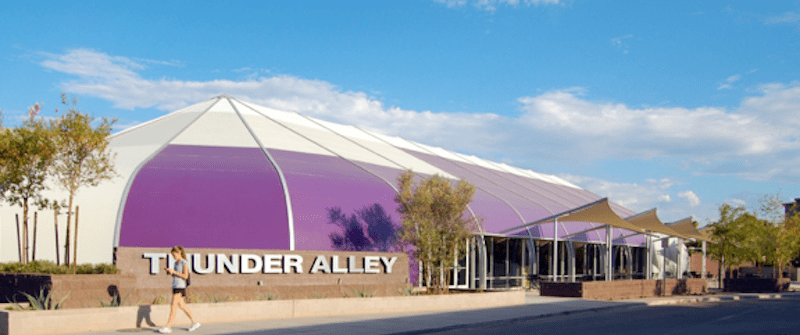
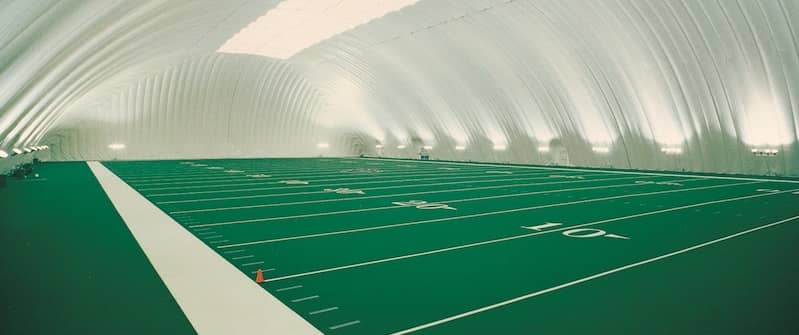
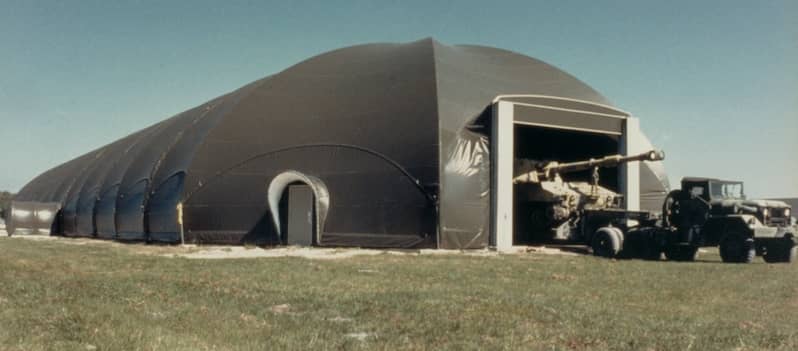
.jpg)
